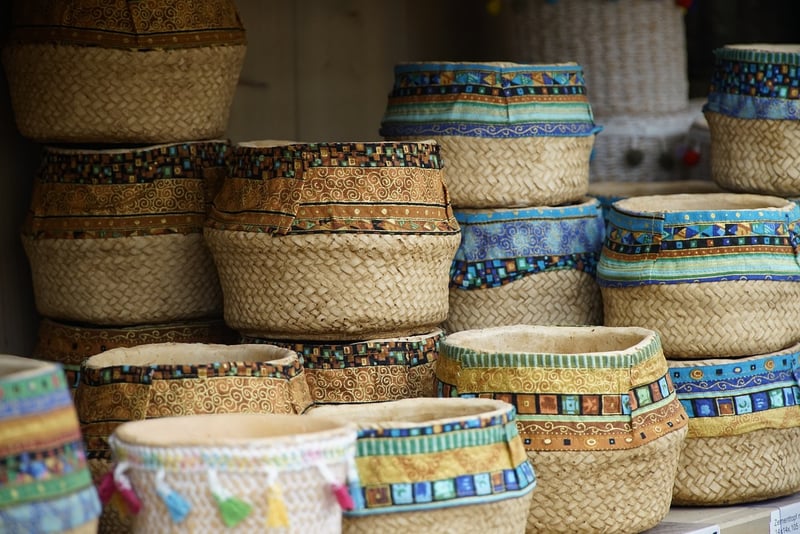Ethnic Spices
Exploring Essential Components of Ethnic Spices

Spices are not only essential for adding flavor and aroma to dishes but also play a significant role in cultural and ethnic cuisines around the world. Let's delve into some key components of ethnic spices that make them unique and sought after.
1. History and Origin
Each ethnic spice has a rich history and unique origin tied to specific regions or countries. For example, turmeric is commonly used in Indian cuisine and has been a staple spice in Ayurvedic medicine for centuries.
2. Flavor Profiles
One of the distinguishing features of ethnic spices is their distinct flavor profiles. Whether it's the earthy warmth of cumin in Middle Eastern dishes or the fiery kick of chili peppers in Mexican cuisine, each spice adds a unique taste to dishes.
3. Culinary Uses
Ethnic spices are versatile ingredients used in a variety of culinary applications. From seasoning meats and vegetables to flavoring soups and stews, these spices enhance the taste and aroma of dishes.
4. Health Benefits
Many ethnic spices are not only flavorful but also offer various health benefits. For instance, ginger is known for its anti-inflammatory properties, while cinnamon may help regulate blood sugar levels.
5. Cultural Significance
Spices often hold cultural significance in ethnic cuisines, symbolizing traditions, rituals, and celebrations. For example, saffron is highly prized in Persian cuisine and is used in various festive dishes.
Exploring the world of ethnic spices opens up a world of flavors, aromas, and cultural experiences. Incorporating these key components into your cooking can elevate your dishes and provide a deeper connection to different culinary traditions.
So, next time you reach for that jar of spices, remember the history, flavor, uses, benefits, and cultural significance that make each ethnic spice a valuable addition to your kitchen.
Embrace the diversity of flavors and embark on a culinary journey enriched by the vibrant tapestry of ethnic spices!
